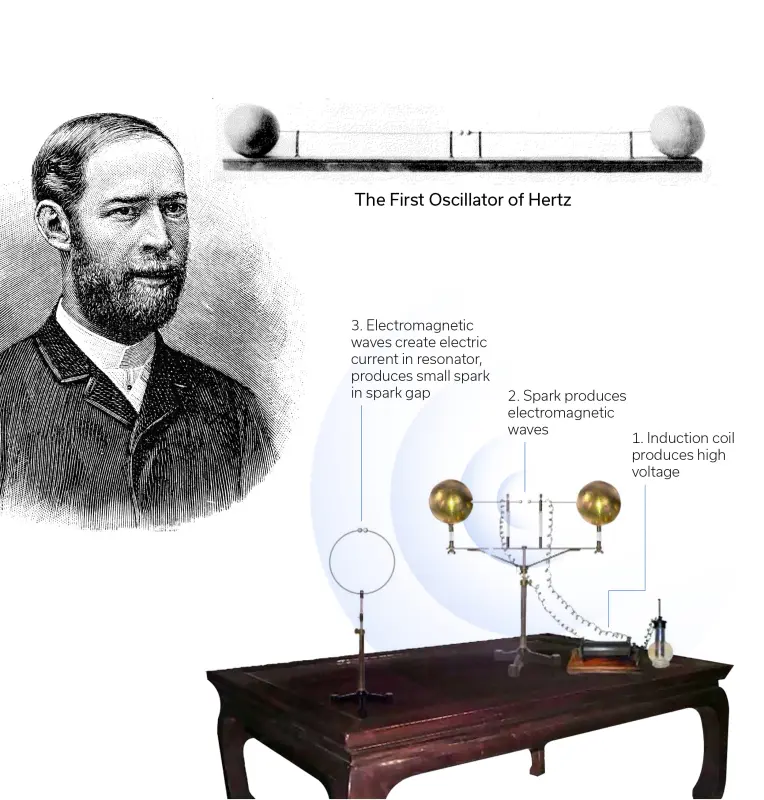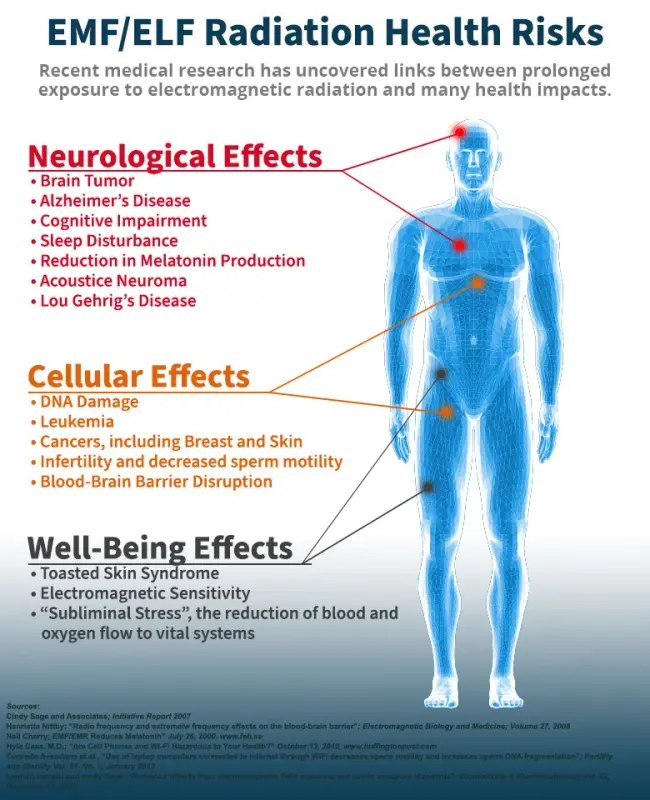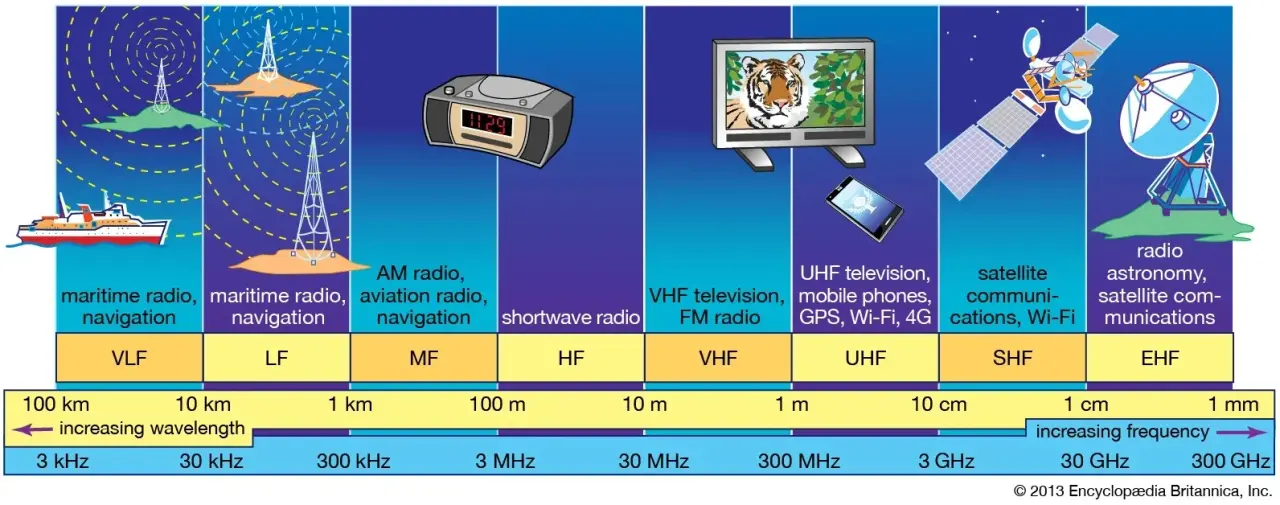Role of Electromagnetic Radiation in Radio Technology
Radio technology began with the early study of radiation; as a result, it has progressed from theoretical concepts to practical applications. This summary details the major stages it has gone through to become what it is today, starting from discoveries by Heinrich Hertz and Guglielmo Marconi to the highly sophisticated systems forming part of the present wireless reporting field. Thus, tracing this historical trajectory explains why electromagnetism has played a critical role in shaping radio technology as it exists today.
Fundamentals of Electromagnetic Radiation
Different scientific research and applications today, like reports, medicine, astronomy, and materials science, depend on the use of electromagnetic radiation. This part gives a general idea of the basic principles of the emission of electromagnetic waves, their types, properties, and interaction with the environment on a physical basis.
Types of Electromagnetic Radiation
The emission of electromagnetic waves is a manifestation of a few spectra from extremely low to very high frequencies. They include the following:
-
Radio waves. They reach up to several kilometers in space and have the longest wavelength among all electromagnetic bands employed in radio and reporting systems.
-
Microwaves. This wavelength ranges from millimeters to centimeters and is used by radios, radar systems, and microwave ovens.
-
Infrared Radiation Infrared is outside the visible spectrum (0.7-300 µm); hence, typically, it’s only associated with thermal imaging.
Technological aspects of the application
The advent of technology has changed radio communication from walkie-talkies to a global network. This chapter scrutinizes the fundamentals and processes necessary for modern radio technology, including modulation methods and standard transmission modes.
Essential Components of Radio Communication
Various indispensable components form part of radio message systems to enable signal transmission and reception.
-
Transmitter. It will change electrical signals into suitable waves transmitted through space.
-
Receiver. It converts received waves back to electric signals.
-
Antenna. It is responsible for transmitting and receiving radio waves between the transmitter/receiver and the surrounding environment.
-
Modulator. It changes carrier signal properties to encode information for its transmission.
-
Demodulator. After reception, it converts the modulated carrier wave back to the original information signal it extracted.
Modulation and Demodulation
Information is imprinted on a carrier wave by altering either its amplitude, frequency, or phase, which is called modulation. At the same time, demodulation undoes this process so that we get back our initial information signal from the modulated carriers. Some examples of this include:
-
Amplitude modulations. The one that alters carrier wave amplitudes.
-
Frequency modulation. Altering a carrier wave’s frequency.
-
Phase modulation. Changing phases in which carriers’ waves are operating.
Wireless report protocols are defined by the GSMC, Long-Term Evolution, and Wi-Fi standards, thus ensuring that devices can work on different networks across these standards. These factors may include data rates, frequency bands, and other modulation techniques. These, in turn, help in supporting connectivity for different applications, for instance, internet access or mobile telephony.
What is the role of radio technology?
Radio technology is essential in different areas. It is used in telecommunication, navigation, aviation, medicine, and industry. This section concentrates on the major tasks performed by radio technologies in these sectors and their uses.
Electromagnetic Radiation in Telecommunications
Mobile networks, wireless report systems, and Wi-Fi are examples of inefficient data transmission systems that depend on radio technology. This implies embedding data in electromagnetic waves to ensure a worldwide internet connection for global reports between people.
Navigation and Aviation
Radio technologies are crucial for navigation and aviation, providing crucial reports and navigation aids. Aviation ensures safe air traffic control, weather updates, and aircraft-to-ground reports. Navigation systems like GPS (Global Positioning System) employ satellite radio signals that can accurately determine location, speed, and timing, which are important for air and ground navigation.
Medicine and Industry
Radio technologies are essential in medicine for diagnosis and therapeutic purposes. They help to diagnose diseases accurately, make sound treatment decisions, and follow up on patients even more closely, thus improving the healthcare system. On the other hand, in industry, radio technologies encourage automation processes, remote monitoring processes, and data reports, thus leading to better safety measures across manufacturing industries.
Effects of electromagnetic radiation on the human body
These days, electromagnetic fields are all over the place, being an indispensable part of various everyday gadgets and tools engineered without even considering the potential hazards associated with this kind of technology. The following chapter is dedicated to the negative effects caused by uncontrolled contact with such fields, from mere discomfort to serious health problems.
-
EHS. Some people have experienced symptoms such as headaches, fatigue, and nausea due to their exposure to electromagnetic fields emitted by devices like cell phones, among others.
-
Cellular and molecular effects. A study suggests that continuous exposure to electromagnetic emissions may disturb the proper functioning of cells, causing oxidative stress, DNA damage, and gene expression change.
-
Risk of cancer. While research studies are still inconclusive, there is evidence suggesting that certain types of cancer can be linked with prolonged exposure to some forms of electromagnetic emitting, such as brain tumors, among others.
-
Reproductive and developmental effects. Some think that electromagnetic emissions could affect fertility and fetal development, though more studies are needed before any definite conclusions can be reached.
-
Sleep disturbances. Magnetic fields, particularly those from electronic gadgets used at night, inhibit sleep patterns and cause insomnia.
Conclusion
In our lives, electromagnetic emitting has become something we cannot do without; it is difficult to think of living without this presence. For example, for the sake of one’s own safety and health, one should be able to choose the comfort and interconnection created by electromagnetic technologies.
Devices like Milerd HiRange, an electromagnetic field reader, have made it easier for people to monitor their exposure to electromagnetic emissions. This modern, accurate, compact detector has a shock-resistant case that can function reliably even in extreme environmental conditions. It offers real-time assessments of how much radiation one’s body has absorbed throughout the day and can provide cumulative exposure reports over long periods of time.
The HiRange detector detects various radio waves used in different areas, such as mobile phones, 5G networks, Wi-Fi, and office devices. Thus, it becomes an instrumental tool for individual and family security since people can make informed environmental choices, reducing the risks posed.
Embracing the advantages of electromagnetic technologies calls for proactive measures, such as the use of Milerd HiRange detectors, to safeguard human health amidst the increased prevalence of electromagnetic emissions around us.






